Even before the budget, here’s how stealth taxes can affect your wealth

Frozen tax thresholds and shrinking allowances mean many of us end up paying significantly more in tax, often without realising it.
There has been a lot of rumours and speculation about the tax increases that the chancellor might introduce in her upcoming autumn Budget, from inheritance tax and stamp duty to pensions and ISAs.
It’s obviously a concern as tax increases ultimately mean that you retain less of your wealth, potentially making it more difficult to meet short-term financial obligations and save for the future. So, if the government didn’t announce any changes to tax thresholds or rates, you might assume this would be good news.
However, even if certain tax rules don’t change, you could still end up paying more, in ways which often go unnoticed.
In recent years, UK taxpayers have faced a growing burden not just through headline-grabbing tax hikes, but through a quieter, more insidious mechanism: stealth taxes. These hidden levies don’t raise rates — they erode wealth by freezing thresholds, cutting allowances, and letting inflation do the heavy lifting. For investors, the impact can be significant.
What Are Stealth Taxes?
Stealth taxes are indirect tax increases that occur when:
- Tax thresholds are frozen (e.g. personal allowance, higher-rate income tax band)
- Tax-free allowances are reduced (e.g. dividend and capital gains allowances)
- Inflation pushes income and asset values higher, dragging more people into higher tax brackets
This phenomenon, known as fiscal drag, means you could pay more tax even if your financial situation hasn’t changed — simply because the rules haven’t kept pace with inflation.
Key Changes Affecting Investors
Several policy shifts over the past few years have quietly increased the tax burden on investors:
1. Income tax on earnings
Income tax thresholds were frozen in April 2021 at £12,570 for basic rate taxpayers and £50,270 for higher rate taxpayers. With wages rising 26% since then, the frozen thresholds mean more or your earnings are taxable, and more people are pushed into the higher rate tax bracket.
2. Losing personal allowance
Those who earn more than £100,000 have their personal allowance cut by £1 for every £2 over this level. At a £125,140 salary, the allowance reaches zero – an effective tax rate of 60%.
This threshold hasn’t moved since it was introduced in April 2010 and to keep up with wage increases over that period, it should now be over £164,000.
So once your pay goes over the threshold, your tax bill will rise dramatically, without any further changes from the government.
3. Dividend tax allowance
The tax-free dividend allowance in the 2017-18 tax year was £5000. It’s now £500, so obviously tax kicks in much earlier. Added to this, higher inflation means dividends from investments will tend to rise each year, further exacerbating the problem. So even if the government does nothing, tax could bite harder.
4. Capital gains tax allowance
Like dividends, capital gains taxes are on the rise. In the 2022/23 financial year, the capital gains tax allowance was £12,300. Ahead of the upcoming budget, it’s now £3,000. Once again, the government doesn’t need to make any changes in order to hit investors harder as a frozen allowance and rising asset values will do the work for them.
5. IHT nil rate bands
Estates valued below £325,000 and residences below £175,000 (the nil-rate bands) don’t pay inheritance tax (IHT). The £325,00 threshold was introduced way back in 2009, and both thresholds have been frozen until 2030, meaning that rises in the value of investments, savings and property will continue to push more people’s estates into tax-paying territory.
6. IHT gifting allowances
The budget hardly ever mentions gifting allowances, mainly because they never seem to move.
The annual gifting allowance of £3,000 was introduced 1981 and hasn’t moved since. Simply by doing nothing, it limits what people can do to protect themselves from inheritance tax, and ends up with more estates paying more tax.
7. Stamp duty thresholds
Stamp duty on house purchases has changed more than once; however, the threshold was £125,000 in 2006 – the same as today. Meanwhile, average house prices have risen by around £100,000. If the thresholds don’t get uprated in the Budget with house prices, and prices keep rising, tax bills for house buyers will increase.
Most of the changes above disproportionately affect those with investment income, retirees, and higher earners — often without them noticing until tax bills arrive.
How Investors Can Respond
So what can you do about it? Fortunately, there are several ways to reduce the impact of stealth taxes:
- Maximise ISA Contributions
ISAs allow up to £20,000 per year to be invested tax-free. Income, dividends, and capital gains within an ISA are shielded from tax — making them a cornerstone of tax-efficient investing.
- Use Pension Contributions
Pensions offer tax relief on contributions and grow tax-free. They’re especially effective for higher-rate taxpayers and can reduce taxable income in the current year. Up to £60,000 can be contributed annually (or 100% of earnings if lower), with tax relief at your highest marginal rate.
You may also want to consider a salary sacrifice arrangement, whereby you Increase pension contributions to lower your taxable income. This reduces both income tax and National Insurance, and if your employer contributes their NI savings too, the benefits can be even greater.
Thought should also be given to structuring pension drawdowns to minimise tax liabilities.
- Spread Capital Gains
If you’re selling assets, consider spreading disposals across multiple tax years to stay within the reduced CGT allowance. You can also offset gains with any allowable losses.
- Invest in Tax-Efficient Vehicles
Venture Capital Trusts (VCTs) and Enterprise Investment Schemes (EIS) offer generous tax reliefs, though they carry higher risk. Tax-efficient funds that reinvest income can also help reduce exposure.
- Income Splitting
Transferring assets to a lower-earning spouse can help use their tax allowances and lower-rate bands — a simple but powerful strategy for couples.
- Plan for Inheritance
With the IHT threshold frozen, more estates are falling into the tax net. Consider gifting strategies, trusts, or life insurance to mitigate exposure.
Speak to an Independent Financial Adviser
Navigating stealth taxes requires more than just awareness — it demands strategic planning tailored to your financial goals. An independent financial adviser (IFA) can help you:
- Identify tax-saving opportunities specific to your portfolio
- Build a long-term plan that adapts to changing tax rules
- Ensure your investments remain aligned with your risk profile and objectives
- With ongoing tax reviews and personalised financial planning
In a world of hidden tax traps, professional advice isn’t just helpful — it’s essential.
Stealth taxes may be silent, but their impact is loud. Don’t let them erode your wealth unnoticed. Why not call us today and let us help you take control of your financial future.
Please note
This article is for general information only and does not constitute advice. The information is aimed at retail clients only.
All information is correct at the time of writing and is subject to change in the future.
All contents are based on our understanding of HMRC legislation, which is subject to change.
The Financial Conduct Authority does not regulate estate planning or tax planning.
A pension is a long-term investment not normally accessible until 55 (57 from April 2028). The fund value may fluctuate and can go down, which would have an impact on the level of pension benefits available.
The tax implications of pension withdrawals will be based on your individual circumstances. Thresholds, percentage rates, and tax legislation may change in subsequent Finance Acts.
The value of your investments (and any income from them) can go down as well as up and you may not get back the full amount you invested. Past performance is not a reliable indicator of future performance.
Investments should be considered over the longer term and should fit in with your overall attitude to risk and financial circumstances.
